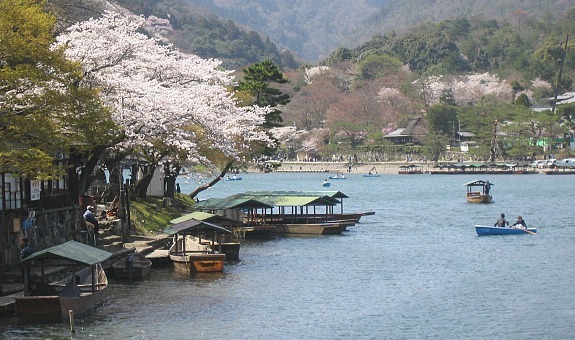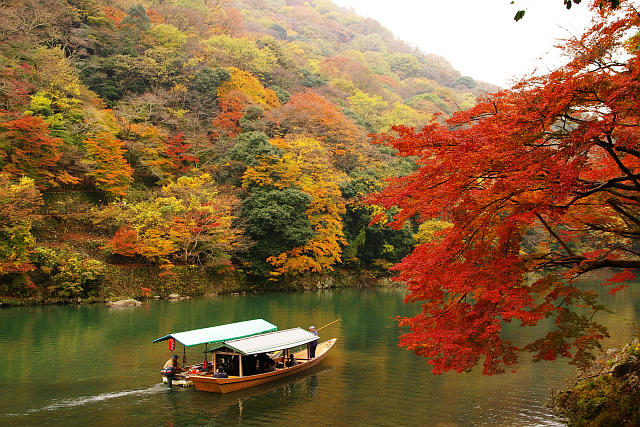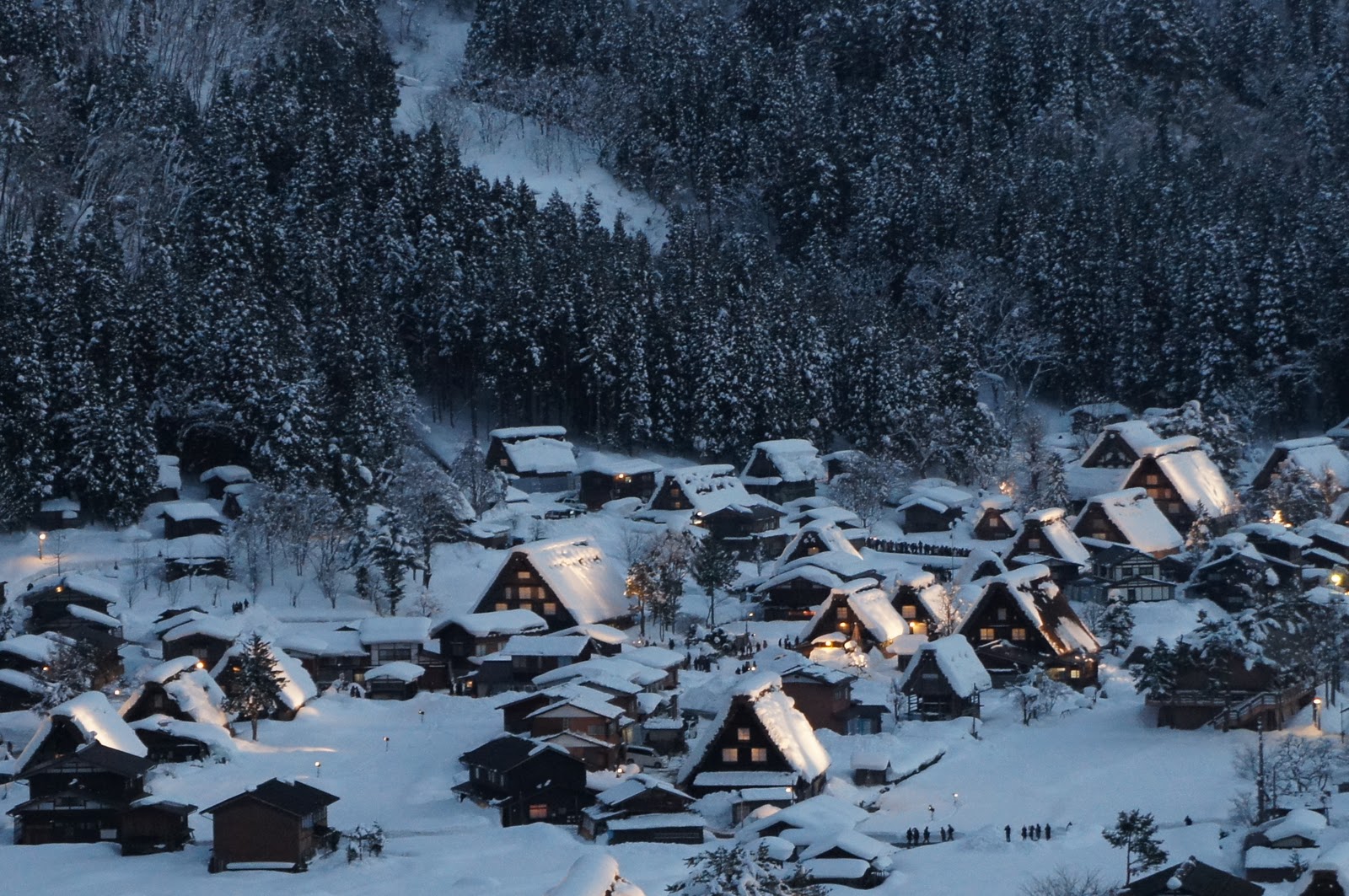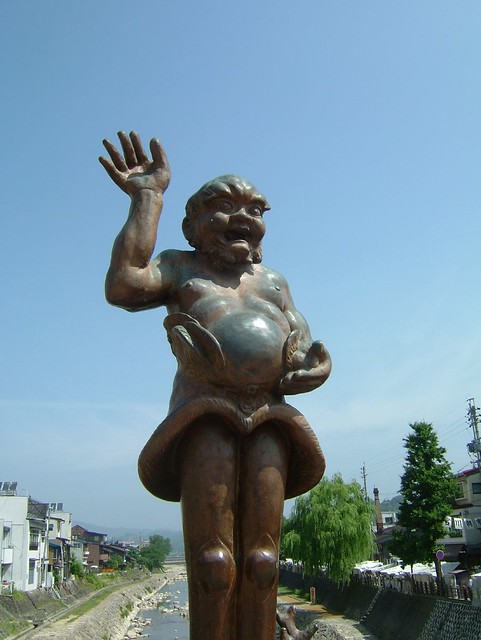Another world heritage site... The Ninomaru Garden...
The Ninomaru Garden, designed by Kobori Enshu, has undergone several changes over the years. Originally designed so as to not show the passing of seasons (no trees were planted) plants and trees have since been added and allow the garden to have color at all times of the year: Camellias in January and February; apricot blossoms in February and March; dogwood and cherry blossoms in April; azaleas in May; azaleas and cape jasmine in June; Indian lilacs in July and August; bush clover in September adn October; maples leaves in November; and firethorn in December. No matter what season you go, there will be something beautiful and colorful blooming.
In the center of the garden is a large pond containing three islands connected by four bridges. Horai, the central island, represents the Island of Eternal Happines and is flanked by Turtle Island (Kame-jima) and Crane Island (Tsuru-jima), both symbols of longevity. Waterlilies, plants, and rocks augment the beauty of the garden. It is really a very beautiful and peaceful garden, the garden alone is worth the trip to Nijo-jo.
In 1965 the Seiryu Garden was built for the purpose of receptions and cultural events. This garden is landscaped in both modern and traditonal styles and contains two teahouses, the Koun-tei and the Waraku-an. In June and November tea masters perform tea ceremonies for the public.


The Ninomaru Garden, designed by Kobori Enshu, has undergone several changes over the years. Originally designed so as to not show the passing of seasons (no trees were planted) plants and trees have since been added and allow the garden to have color at all times of the year: Camellias in January and February; apricot blossoms in February and March; dogwood and cherry blossoms in April; azaleas in May; azaleas and cape jasmine in June; Indian lilacs in July and August; bush clover in September adn October; maples leaves in November; and firethorn in December. No matter what season you go, there will be something beautiful and colorful blooming.
In the center of the garden is a large pond containing three islands connected by four bridges. Horai, the central island, represents the Island of Eternal Happines and is flanked by Turtle Island (Kame-jima) and Crane Island (Tsuru-jima), both symbols of longevity. Waterlilies, plants, and rocks augment the beauty of the garden. It is really a very beautiful and peaceful garden, the garden alone is worth the trip to Nijo-jo.
In 1965 the Seiryu Garden was built for the purpose of receptions and cultural events. This garden is landscaped in both modern and traditonal styles and contains two teahouses, the Koun-tei and the Waraku-an. In June and November tea masters perform tea ceremonies for the public.




































 or worse, snoring.
or worse, snoring. 











